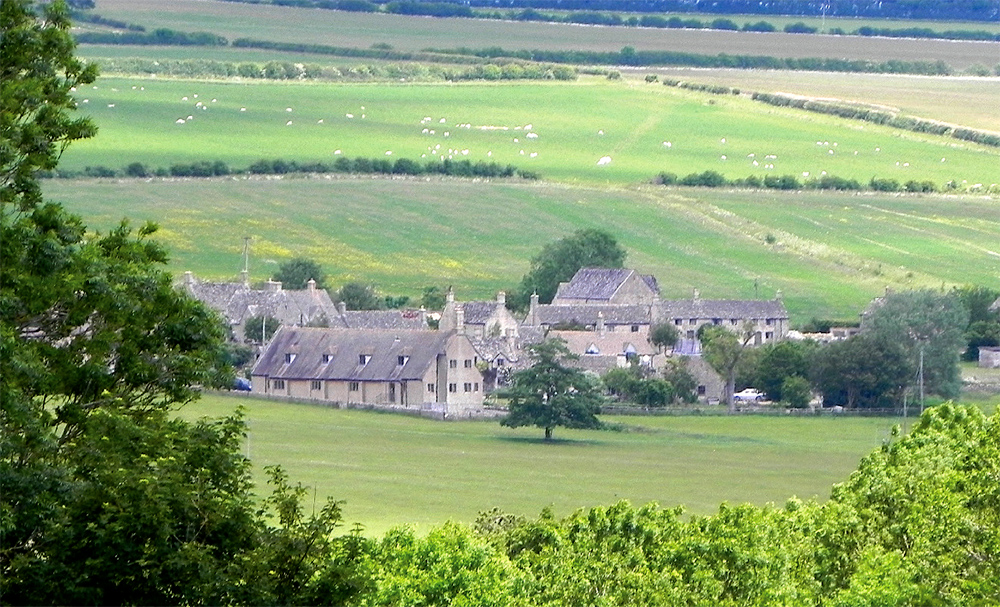
In the 1830s, the first American settlers in what we now know as Barrington Township, Illinois, contained a group of families that had trekked here from Berkshire County, Massachusetts. This group (including the Willmarths, Kingsleys, and Watermans) gradually became leaders of the community, which was largely otherwise from New York, other eastern states, and Germany. When the township (in 1850) and the village (in 1863) were organized, the community leaders gave them the name Barrington, derived from Great Barrington, a town in the Berkshires near their ancestral Massachusetts homes.
Great Barrington, in turn, obtained its name from an ancient family in England. Because it goes so far back in time, there is a dispute as to the origin of the Barringtons. The very first reference was to an Anglo-Saxon, one “Adam of Barenton”, a convert of St. Augustine of Canterbury in the 6th century. The reference to Barenton might mean the ancient town of Barrington in Cambridgeshire, which was recorded in the 11th century. (Today, there are also other Barrington towns in England, in Somerset and Oxfordshire, all having existed in the early Middle Ages.) By then, the best records show an Anglo-Saxon nobleman named Sir Odynell de Barentone, also called “Barenton the Saxon”, with lands in Essex. He could have disappeared from history because in his time the Norman Conquest of 1066 brought the rule of the Norman nobility. But “the Saxon’s” descendants did well, becoming loyal liegeman of the King, and being named Keepers of the Forest in Essex. They maintained that title throughout the Middle Ages. Later, a competing story arose claiming that these Barentons were actually Norman, coming over from France at the Conquest. The story claims that the loyal knight was Odo du Barentin, from a French town in Normandy which still bears the name Barentin. Perhaps someday this contradiction might be resolved.
Regardless, by the late Middle Ages, the noble family name was transformed into Barrington, as we know it today, and they remained aristocrats in Essex. In the 200 years of the reigns of the Tudors and Stuarts, the Barringtons held important positions in English government. Some were investors in the early American colonies. Later, Sir John Shales Barrington started building Barrington Hall, a substantial manor, at Hatfield Broad Oak, Essex, in 1734, but it wasn’t completed until 1863. Barrington Hall still stands today and has a heritage listing in the UK.
But the Village of Barrington, Illinois, name derives from a different branch of that family. By 1718, an English lawyer by the name of John Shute had become quite prominent. Holding important government posts since law school, and related to other more prominent officials, Shute had become renowned as a writer on theology, philosophy, and religious rights. His literary prominence was such that he was a friend to both philosopher John Locke and author Jonathan Swift.
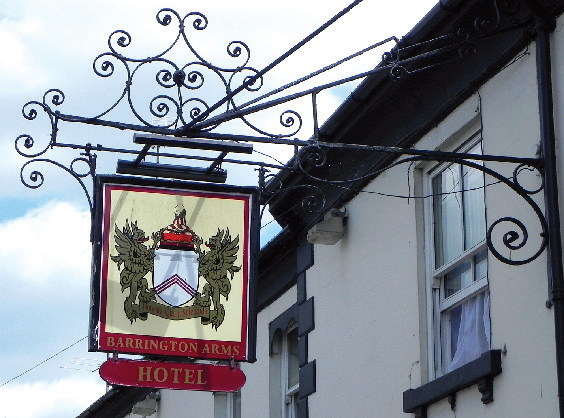
In 1710, Shute inherited the manor house of Becket Hall in Shrivenham, now in Oxfordshire. The inheritance was not from a relative, but from an admirer. In 1718, a cousin of the Barringtons of Barrington Hall, one Sir Francis Barrington of Tofts, also became an admirer of Shute. But his connection was closer; his wife Elizabeth Barrington was a Shute cousin. In 1718, having no heirs, Sir Francis decided to bequeath his estate to John Shute, on the condition that he assume the Barrington name. Upon his benefactor’s death in 1720, he thus became John Shute Barrington. With his government service (he had also become a member of Parliament), his literary renown, and his substantial estate, it seemed only fitting that King George I elevated him to the aristocracy by naming him the first Viscount Barrington.
About that time, Viscount Barrington’s brother, Samuel Shute, was the Royal Governor of Massachusetts Bay Colony in America. In honor of his brother’s achievements, he named a new village in the colony, in what is now Rhode Island, Barrington.
Viscount Barrington’s son, William Wildman Barrington, became even more prominent. After succeeding his father as 2nd Viscount Barrington while still a teenager, he went on to be a Member of Parliament, Chancellor of the Exchequer, and Secretary of War under George II and George III. While Secretary of War, he privately believed that England would lose the American War of Independence and resigned his office. The Viscount’s descendants kept the title and the manor house Becket Hall in Shrivenham, Oxfordshire until the 1930s. Becket Hall still stands and serves as a defense ministry college. Graves and memorials to the Viscounts Barrington can still be seen in Shrivenham’s church.
The 2nd Viscount Barrington also had a friendly relation in America. He was Francis Bernard, the Governor of the Massachusetts Bay Colony, who married into the Barrington family. Being the second member of that family to be Governor, he also wanted to honor, and curry favor with, the Viscount, and named a new town in the Berkshires after him in 1761. He had a bit of a quandary, however. His wife’s ancestor, Governor Shute, had already named a town Barrington in the colony. Bernard solved the problem by naming the Berkshires town Great Barrington, the name that it bears to this day. As it turns out, the dual name problem disappeared in a few years; the original Barrington then came under the jurisdiction of Rhode Island, where it remains to this day.
For some reason lost to history, those Massachusetts natives who settled in the area borrowed “Barrington” from Great Barrington to name our township and village. From what we know, none of those settlers actually came from Great Barrington, but they succeeded in providing a name with a fascinating history.
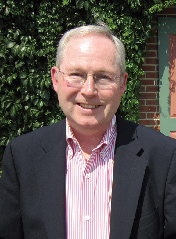
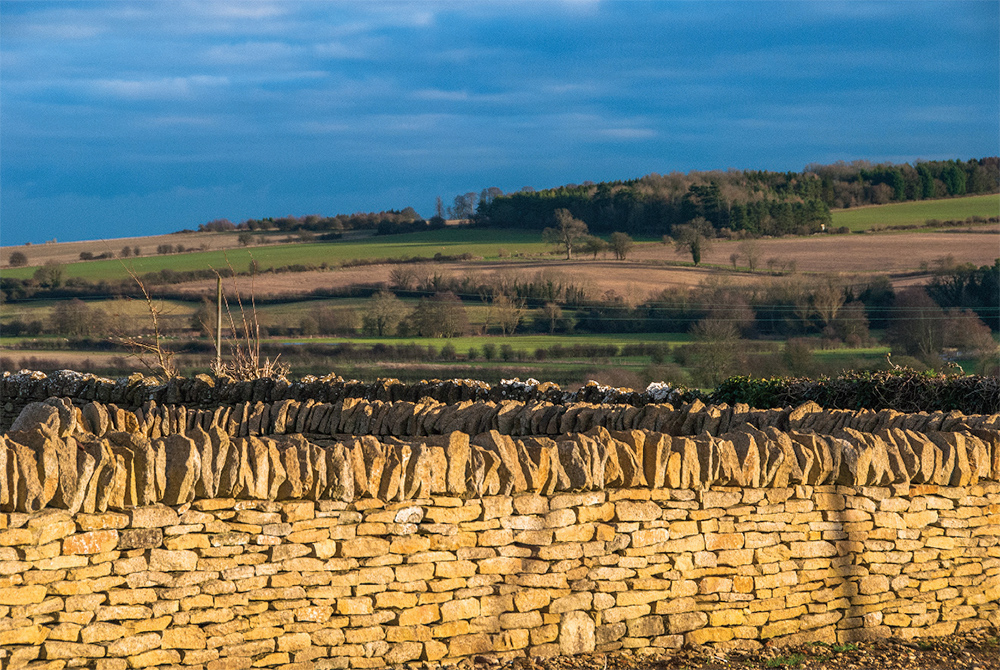
The 18th century poet Alexander Pope once wrote ‘At Barrington shall English bounty stand’. He was writing about Charles, Lord Talbot, Lord Chancellor of England under George II, who died in 1737 and is buried in St. Mary’s Church at Great Barrington, England. I think Pope might have been writing about the pretty village of Great Barrington with its honey-coloured cottages built of local Cotswold limestone, about 70 miles west of London.
The village lies on the north slopes of Windrush Valley, facing its counterpart, Little Barrington, across the peaceful River Windrush. Both villages are typical of the Cotswolds—just a straggle of attractive cottages, the tower of a Medieval church glimpsed through the trees, and a network of footpaths leading through farm fields bounded by a mix of hedgerows and drystone walls.
One of those paths leads down a sunken lane, with hedgerows to either side, to Barrington Mill, built in 1794. A channel of the Windrush River flows directly under part of the mill, which is now a private house. The path leads right through the mill’s front garden to a bridge across the river, where it joins the Windrush Way long distance path, following it to the river 14 miles between the villages of Winchcombe and Bourton-on-the-Water.
Stone from quarries at Barrington was once used to repair Westminster Abbey, being floated down the River Windrush to the Thames, then on to London. Sir Christopher Wren considered a local mason named Thomas Strong to be the finest stoneworker in England. Strong laid the foundation stone for St. Paul’s Cathedral , and in his will he left money for a lane linking a pair of bridges across the Windrush, wide enough that “two men may go afront to carry a corpse in safety”. The road, known as Strong’s Causeway, is still there, joining the mill on the north bank to Little Barrington on the south bank.
There are two amenities in Great Barrington, unless like me, you count the village itself as an amenity, along with the idyllic countryside setting. And what English village would be complete without its pub? In this case, it is the Fox Inn, a lovely 17th century traditional inn on the south bank of the river, with a patio where you can enjoy a cold pint and watch the Windrush drift by.
Charles Talbot would not recognize the Neoclassical façade of Barrington Park, the attractive Georgian manor house, which was begun just before his death. The Park replaced a 16th century house destroyed by fire, but parts of the older house survive, incorporated into the stables beside the main house. In the grounds of the Park, visible through a pair of fanciful wrought iron gates, is a late-18th century dovecote in the shape of a Roman temple. The grounds include an 18th century Gothic folly and remnants of a Medieval deer park.
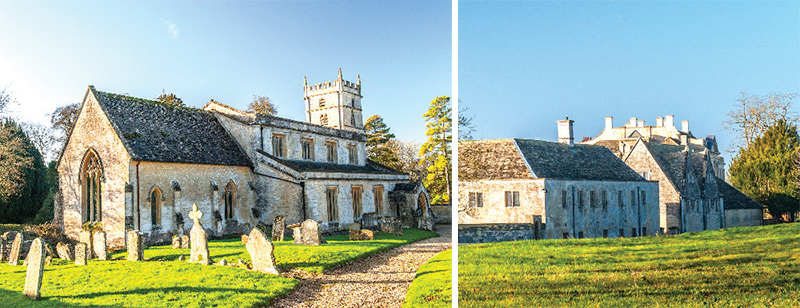
Barrington Park sits on a natural terrace about the river, but the shape of the land meant the river was not visible from the new house. If you were an 18th century lord, such difficulties were minor trivialities; the Bray family had the course of the river altered so it could be seen from their house.
Immediately beside the manor house is St. Mary’s Church, built in the 12th century. Despite Tudor rebuilding efforts, it retains a wealth of Medieval architecture, including a 12th century chancel arch. Entering by the south porch, the first thing that meets your eye is a memorial to Jane and Edward Bray. When the Bray line ended in 1720, the estate was sold to the Talbots, who built the neighboring manor house. The most infamous episode in the long history of St. Mary’s Church occurred in 1682, when Thomas, 1st Marquess of Wharton, a notorious hell-raiser, broke into the church when drunk and relived himself in the pulpit. It is a lot quieter today; in the three to four times I’ve visited the church, I’ve never met another person.
The Barrington Park Estate is no longer the home of landed gentry, but serves as the centre of a large farming estate, raising dairy cattle and sheep, and growing grain crops. The roughly 100 inhabitants of Great Barrington commute to work in larger centres like Cirencester, Cheltenham, or Oxford. Almost all the houses are laid out along the country lane leading to Taynton, across the county boundary in Oxfordshire; most date to the late 18th century, and all are built of the same lovely golden Costwold stone that seems to glow in the sunlight.
I’m fortunate enough to live about 10 minutes from Great Barrington, and I can’t imagine a prettier part of England than the Cotswolds. When we have visitors from abroad we like to take them to the Barringtons and go on a circular walk looping through both villages, admiring the honey-colored stone cottages, popping into the church, and enjoying the wonderful countryside setting.
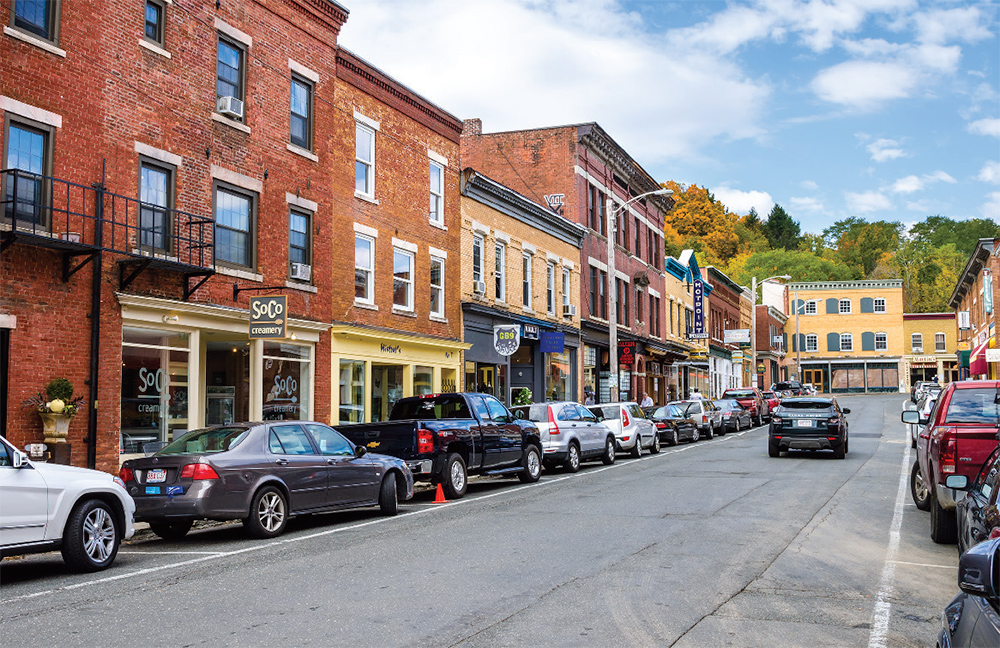
While co-producing and publishing the Village of Barrington’s Special Sesquicentennial Edition to commemorate its 150th anniversary in 2015, I wanted to see where our forebears came from. So, I took a weekend trip (back then) to Great Barrington. As our second closest stepping-stone to the Barrington name from England—with Barrington, Rhode Island being the first—it couldn’t be a more lovely, friendly, and beautiful relative to know.
The low, September afternoon sun cast a golden-orange glow over the river and rolling hills as the flight descended to Albany International Airport. White cottage-style houses dotted the hillsides, fall colors were in bloom, and the river below sparkled. My trip to Great Barrington, Massachusetts, was the best kind there is—spontaneous. Book a Friday flight to Albany, rent a car, and drive about an hour across the New York border into Western Massachusetts to find Great Barrington—the town that Barrington, Illinois, was named after. Long ago, people who lived in Western Massachusetts and other New England states packed up their belongings to move West, hoping for a better life and a chance to acquire cheap, flat farmland. I was curious to see what they left behind.
Before the trip, it seemed like a good idea to find someone who could offer perspective on Great Barrington. I lucked out with historian and author Bernie Drew, and his wife Donna, who were welcoming, kind, and informative. Our plan was to meet at the Fairfield Inn early Saturday morning to get acquainted and share information.
After checking in at the hotel, finding somewhere to eat was easy. Great Barrington (population 7,527) is home to about 80 restaurants. The drive to the Barrington Brewery was a short ride from the hotel. I couldn’t resist telling my waitress that I was from Barrington, Illinois, but learned that some Barringtonians from Illinois had been there the previous week and beat me to it!
The next morning, Bernie Drew delivered his “Great Barrington in a Box” presentation, pulling out various mementos from a banker-sized box that represent Great Barrington and to demonstrate the important points of the area’s history. This was a delightful way to learn the highlights and main characters of Great Barrington.
Today, the largest employers in the area are in healthcare, education, and the service industry—specifically tourism. There is even a small airport on the outskirts of town. Summer, fall, and winter are the tourist seasons. But don’t visit in March, it’s too muddy. In 2012, Great Barrington was recognized by the Smithsonian Institute as the best small town in America, thanks to its “big-city smarts” that can also boast “New England natural”.
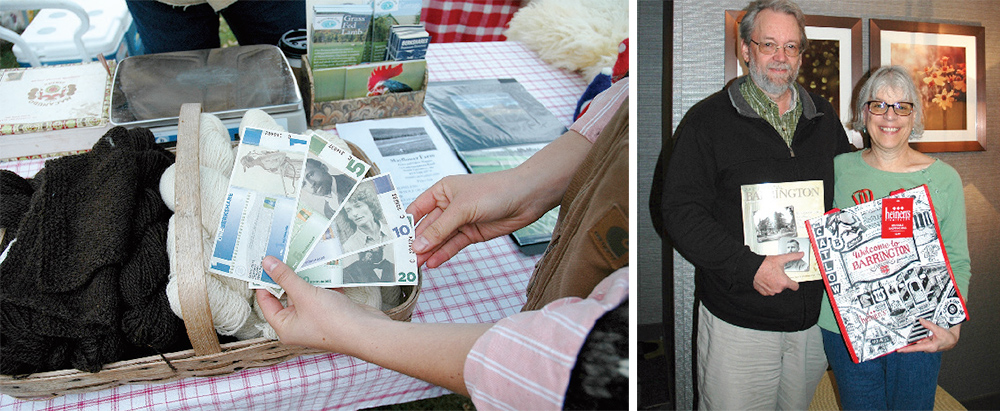
About 10 miles north of Great Barrington, in West Stockbridge, Massachusetts, is the location of the former Alice’s Restaurant. The song of the same name was written in 1967 by Arlo Guthrie as a satirical spoken blues monologue protesting the Vietnam War draft. William Edward Burghardt (W.E.B.) Du Bois grew up in Great Barrington. He was the first African American to earn a doctorate, and went on to become a professor, writer, and a founding member of the NAACP in 1909. Lenox, 13 miles from Great Barrington, is home to Tanglewood, a beloved, bucolic outdoor music venue much like our Ravinia that is the summer home of the Boston Symphony Orchestra. Legendary singer-songwriter James Taylor lives in the area.
Great Barrington was an important supply depot during the American Revolution, and after the war, it developed into a railroad-based market town. Much of the industry in the 19th century was powered by the mighty Housatonic River, where paper and textiles mills operated, and manufacturing jobs were created.
After our morning meeting, I was offered a tour of the beautiful geography, including Monument Mountain—host to America’s first literary picnic when Herman Melville and Nathaniel Hawthorne hiked the mountain and read poetry from its heights. Later, I followed the Drews to the Great Barrington Farmers Market where I met lovely people and learned about the local currency, “BerkShares”. After that, I was on my own. It was easy to get around town. Inviting shops along Main Street kept me busy for a few hours. The next morning, it was time to go home.
The pioneers who left the Great Barrington area in the early 1800s pursued a new and hopeful life, giving their all to make the long, difficult, and often dangerous journey to the prairies of Illinois. Modern conveniences offer no comparison to how Barrington’s prairie settlers traveled across the country. For me, experiencing Great Barrington for the first time was rewarding and truly enjoyable. I wasn’t ready to leave. Fortunately, for today’s modern travel methods, it will be easy to go back.
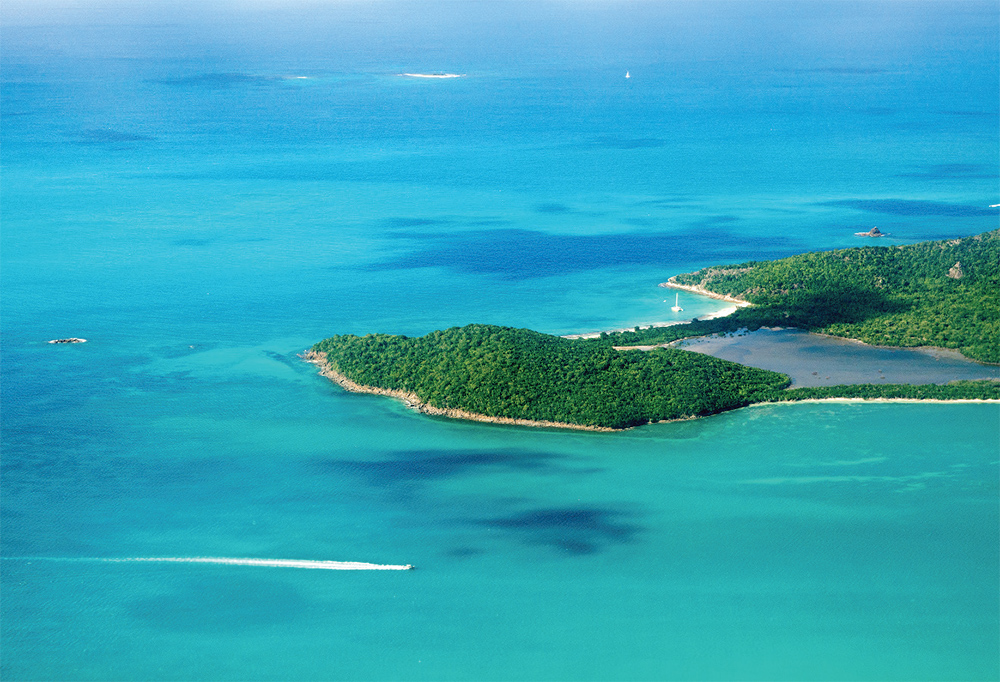
After learning where the Barrington name came from, enjoying a local’s perspective on Great and Little Barrington, England, and a first-hand visit to Great Barrington, Massachusetts, we conclude with a list of all the Barringtons in the world that we could find and where they are located. Our criteria was to identify officially recognized provinces, municipalities, and key historic landmarks.
Australia: New South Wales, Tasmania, and Barrington Tops National Park
Canada: Barrington River, Head, Passage, Municipal District, and a Street in Halifax, Nova Scotia
United Kingdom: Somerset, Gloucestershire, and Cambridgeshire
United States: Illinois, Massachusetts, New Hampshire, New Jersey, New York, Rhode Island
Galapagos Islands: Santa Fe Island, also called Barrington Island after admiral Samuel Barrington, is a small island of 24 square kilometres which lies in the centre of the Galápagos archipelago, to the southeast of Santa Cruz Island.

Share this Story